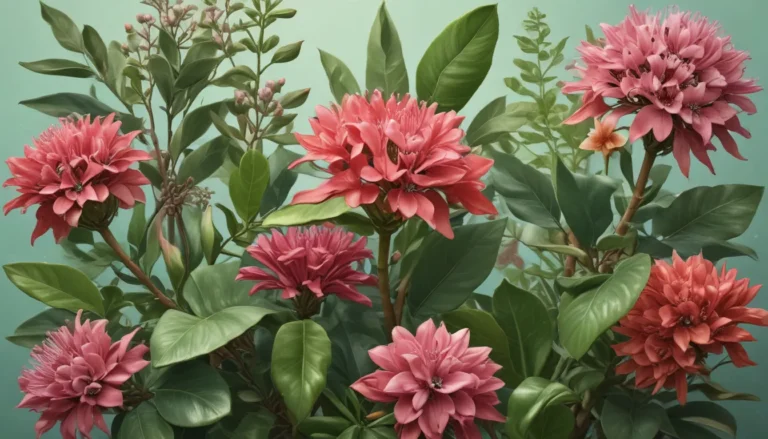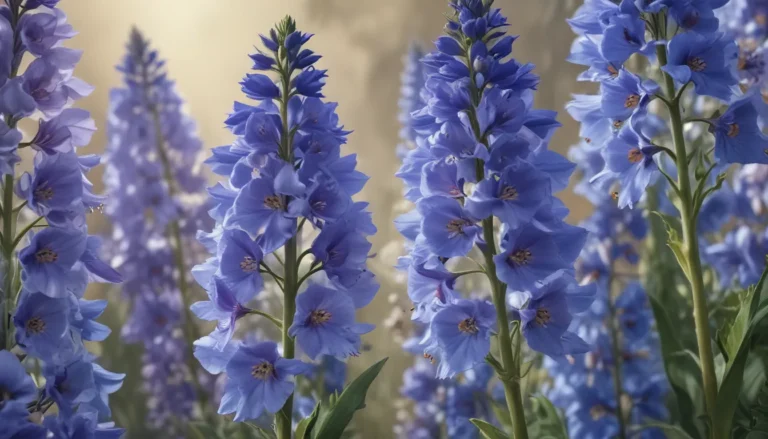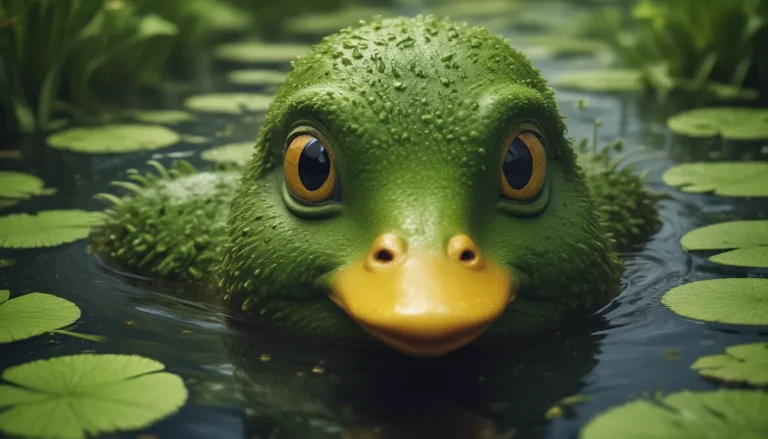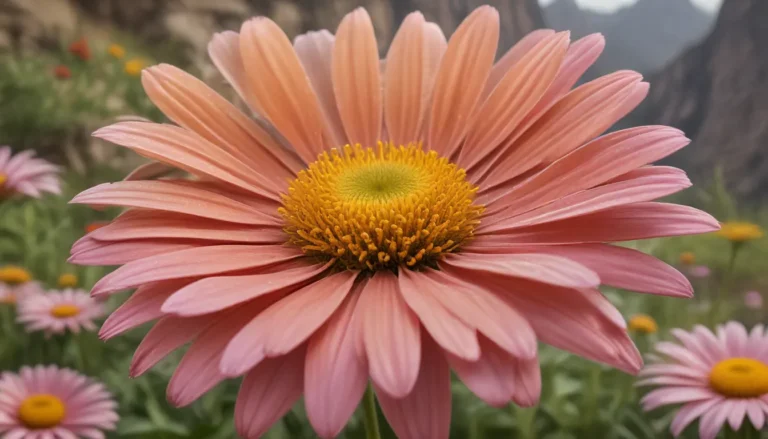The pictures we use in our articles might not show exactly what the words say. We choose these pictures to make you interested in reading more. The pictures work together with the words but don’t take their place. The words still tell you the important facts.
Are you curious about the fascinating world of the Prairie Coneflower? This vibrant and enchanting plant, also known as Ratibida columnifera, is a beloved favorite among gardeners and plant enthusiasts for its stunning daisy-like appearance and unique cone-shaped center. In this article, we will delve into 13 surprising facts about the Prairie Coneflower that will not only amaze you but also inspire a deeper appreciation for this remarkable species. From its cultural significance to its medicinal properties, join us on a journey to uncover the hidden gems of the Prairie Coneflower!
Discovering the Prairie Coneflower
Prairie Coneflower: A Native Beauty of North America
The Prairie Coneflower, a native wildflower to North America, graces the prairies of Canada and the grasslands of the United States with its colorful blooms and striking appearance. This resilient plant has captivated the hearts of many due to its vibrant hues and ecological value.
A Member of the Sunflower Family
Belonging to the Asteraceae family, the Prairie Coneflower is in good company alongside well-known plants like sunflowers and daisies. Characterized by composite flowers made up of tiny individual florets, this plant stands out with its cone-shaped center that attracts a myriad of pollinators.
Unveiling the Secrets of the Prairie Coneflower
The Resilience of Prairie Coneflower
Prairie Coneflower is a hardy perennial plant that can withstand harsh conditions and bloom year after year, making it an ideal choice for low-maintenance gardens. Its ability to attract pollinators and provide food for birds showcases its invaluable role in supporting local wildlife.
Medicinal Marvel: Prairie Coneflower
Traditional Native American tribes recognized the medicinal properties of the Prairie Coneflower, using it to treat various ailments such as headaches, fevers, and gastrointestinal issues. Today, it continues to be utilized in herbal remedies and natural medicine for its healing properties.
Drought-Tolerant Wonder
One of the remarkable features of the Prairie Coneflower is its ability to thrive in drought conditions, thanks to its long taproots that can access deep soil moisture. This resilience makes it a valuable addition to landscapes facing water scarcity or limited rainfall.
Defender Against Deer: Prairie Coneflower
Unlike many other plants, Prairie Coneflower has a natural defense mechanism against deer due to its slightly bitter taste and fragrant leaves. This makes it a practical choice for gardens in areas with high deer populations, as it is less likely to be grazed upon.
Embracing the Diversity of Prairie Coneflower
A Colorful Palette: Prairie Coneflower Varieties
While yellow remains the predominant color of the Prairie Coneflower, it also blooms in a variety of hues including red, orange, and even bicolor combinations. This diversity adds a vibrant touch to any landscape, making each plant a unique and captivating spectacle.
Sustaining Wildlife: A Source of Nourishment
During the fall and winter months, the seed heads of Prairie Coneflower serve as a vital food source for birds, including sparrows, finches, and chickadees. By providing nourishment, this plant plays a crucial role in supporting local bird populations through the colder seasons.
Cultivating Prairie Coneflower in Your Garden
Growing from Seed: A Simple Pleasure
Whether you are an experienced gardener or a novice, Prairie Coneflower is relatively easy to grow from seed. By simply sowing the seeds in well-drained soil, maintaining adequate moisture, and observing their growth, you can enjoy the beauty of these resilient plants in your garden.
Enduring Symbol: Cultural Significance
For some Native American tribes, the Prairie Coneflower holds cultural significance as a sacred plant used in traditional ceremonies. It is revered as a symbol of spirituality and strength, reflecting the deep-rooted connection between nature and indigenous communities.
Adaptable Beauty: Resilience in Diversity
Adapted to various growing conditions, Prairie Coneflower can thrive in both sunny and partially shaded locations, making it a versatile choice for gardens across North America. Its adaptability to different soil types further enhances its appeal to gardeners seeking a resilient and beautiful plant.
Embracing the Charm of Prairie Coneflower
In conclusion, the Prairie Coneflower stands as a testament to the beauty, resilience, and ecological importance of native plants. Whether you are a seasoned botanist studying its ecological role or a gardening enthusiast seeking to enrich your landscape, the Prairie Coneflower offers a rich tapestry of benefits. From attracting pollinators to providing sustenance for wildlife, this perennial plant is a true gem waiting to be discovered in the natural world.
Explore More with Prairie Coneflower FAQs
Curious to learn more about the fascinating Prairie Coneflower? Here are some frequently asked questions to deepen your understanding and appreciation for this remarkable plant:
-
Q: What is the scientific name of the Prairie Coneflower?
A: The scientific name of the Prairie Coneflower is Ratibida columnifera. -
Q: Where can I find the Prairie Coneflower?
A: The Prairie Coneflower is native to North America and can be found in the prairie regions of the United States and Canada. -
Q: Can I propagate Prairie Coneflowers from seeds?
A: Yes, Prairie Coneflowers can be easily propagated from seeds by collecting them in late summer or early fall and sowing them in well-draining soil. -
Q: Are Prairie Coneflowers deer-resistant?
A: Yes, Prairie Coneflowers are often considered deer-resistant due to their bitter taste and fragrant leaves. -
Q: How tall do Prairie Coneflowers grow?
A: Prairie Coneflowers can reach a height of 2 to 4 feet, depending on growing conditions and individual plant health.
By delving into these FAQs, you can deepen your knowledge about the Prairie Coneflower and further appreciate its beauty and significance in the natural world.
Appreciating the Wonders of Prairie Coneflower
As you immerse yourself in the vibrant world of the Prairie Coneflower, remember to take a moment to appreciate its beauty and significance. Whether you are a gardener seeking to enhance your landscape or a nature enthusiast exploring the wonders of native plants, the Prairie Coneflower offers a captivating journey of discovery. With its resilience, diversity, and ecological value, this remarkable plant continues to enchant and inspire all who encounter its enchanting blooms. Embrace the allure of the Prairie Coneflower and let its enduring charm brighten your surroundings with the vibrancy of nature's beauty.






